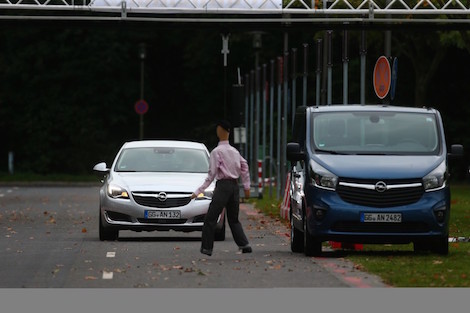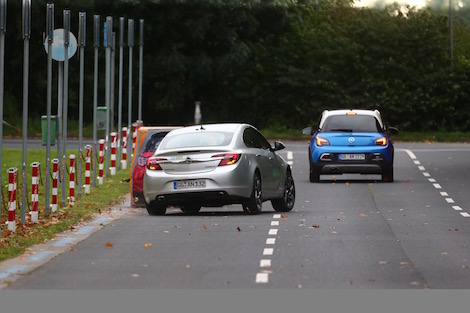Opel is working on a number of city-based driver assist systems that aim to bring more autonomy to urban driving in order to prevent crashes.
The German outfit is part of the UR:BAN research project (user-oriented assistance systems and network management) and has built a few demonstrator vehicles to show off its technology. The first is an Insignia that can take automatic evasive action if the driver doesn't react quickly enough to a sudden hazard, as it's equipped with cameras, radar and modified braking/steering systems. That means it can swerve and decelerate automatically if, for instance, a pedestrian steps out at the last minute.
Another Opel development vehicle uses on-board data, a front camera and a head-tracking camera to monitor the driver's behaviour - allowing it, through a specially developed algorithm, to predict when a lane-change manoeuvre or similar is in the offing. Such predictive behaviour should optimise existing driver assistance systems, like blind-zone alerts, to work better with fewer 'false alarms'.
Anything else?
Thirty-one partners from the automotive industry, electronics and software companies, together with research institutes and local authorities, are part of UR:BAN, and an Insignia Sports Tourer demonstrates information sharing through Wi-Fi. Other vehicles could broadcast data on traffic flow and junctions, allowing the Insignia driver to better approach intersections without having to stop. It's known as car-to-X communications.



